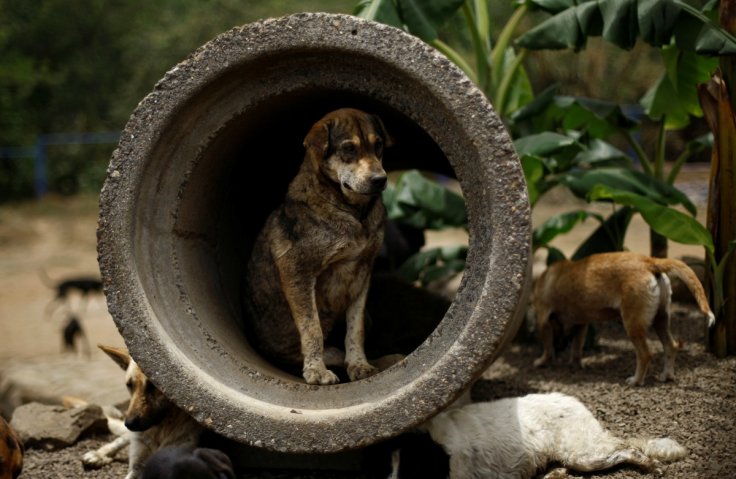Research by the University of Ottawa has suggested that stray dogs could be the origin of the coronavirus. While tracing the origin of the SARS-CoV-2, several studies have suggested that there was an intermediary during the transmission of the coronavirus between bats and humans, but the study has said that the virus came from stray dogs, more specifically the intestines.
The researchers are emphasizing the need to assess the "feral dogs" in the study of coronaviruses. The University of Ottawa biology professor Xuhua Xia, has been trying to trace the coronavirus origins and was the one who proposed the possibility of stray dogs being a part of the origin.
Studies have been assessing where the disease would have come from. Many have been looking at the wet markets and the meat from animals being a part of the origin of coronavirus. From snakes to pangolins, people have traced the SARS-CoV-2 to various animals. The findings by the researchers appear in the advance copy of the Molecular Biology and Evolution.
Studying the evolving genomes

Often, the viruses invading the body are said to have signatures in their genome that show the immune system trying to fight off the virus. There will be changes and adaptations in the genomes that can denote the mutation of the virus. Single-stranded viruses like the coronavirus, like the one in the COVID-19, can surpass ZAP, a key antiviral sentinel protein which can stop the virus in its track. This can also stop the multiplication of the virus in the body.
The virus targets a pair of chemical letters, called CpG dinucleotides, within its RNA genome. This is a signpost in humans that act as a point where the immune system is alerted and used to fight the virus. ZAP is seen in human lungs and is made in the bone marrow and lymph nodes.
The researcher who arrived at the findings of the stray dogs, conducted the study on 1,252 full-length betacoronavirus genomes deposited into GenBank to date. Xia found that the closest relative to the coronavirus, the bats, have very low CpG among other coronavirus relatives. The study assessed this to understand coronavirus transmissions and origin. According to Xia, humans are said to produce coronavirus genomes with low genomic CpG values.
Based on these results, the possibility was presented that the human jump happened from stray dogs because of the CpG analysis conducted on various possibilities. This said the research claims that the human jump happened from dogs to humans when a dog ate the bat meat.
Experts have already started to thwart this hypothesis
Experts have already started claiming that the computer study on the genome model presented by the University of Ottawa is wrong because it is just a hypothesis and does not have substantial evidence to support the claim.
Experts say that there is no reason to worry about dogs and coronavirus. In a CNN article, infectious disease expert Dr William Schaffner, a professor of preventive medicine and infectious disease at Vanderbilt University School of Medicine in Nashville, tackled the important question of "Do we have to worry about getting it from our dogs or do we have to worry about giving it to our dogs?". The reply to these questions was a big NO.
Scientists and researchers from across the world have been assessing the jump and several articles claiming the coronavirus from animals have led to pet owners abandoning their furry creatures due to fears of contracting it from the animals. Bats have been said to be the original source and the transmission is what that needs to be assessed now.
Researchers have been recording domestic cats, ferrets and pangolins as carriers of the disease. The new study published on Tuesday suggested that the best place for replication of the virus was assessed to be the dog intestines, but this was a computer analysed study. Critics have been sceptical about the theoretical study. The new study cannot be stated as a fact, according to several experts, who say more evidence is required to back the findings.
Read more








